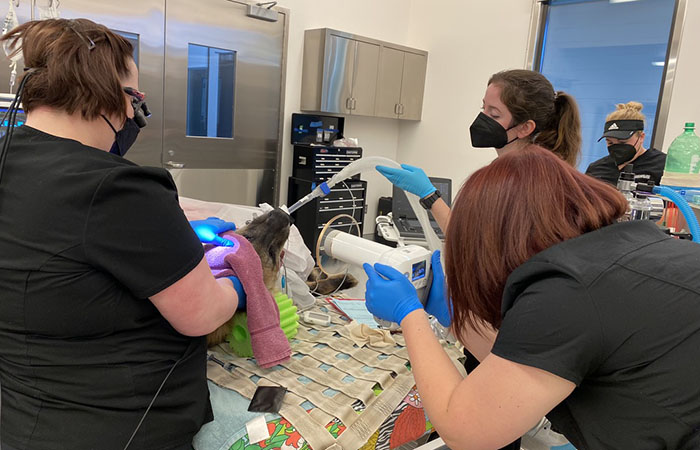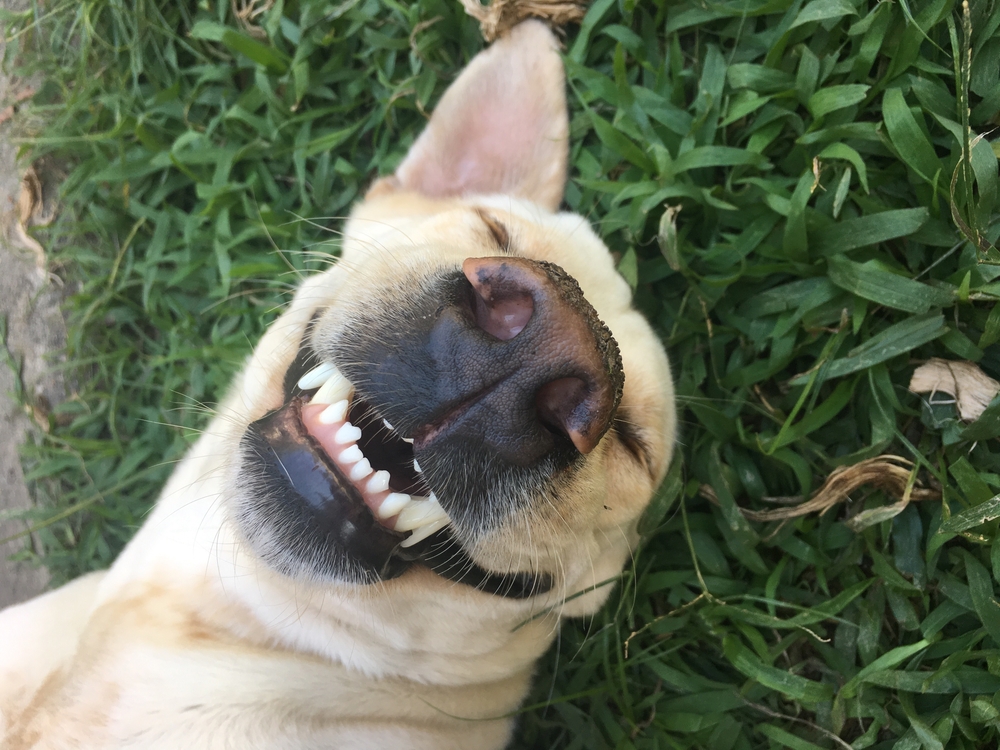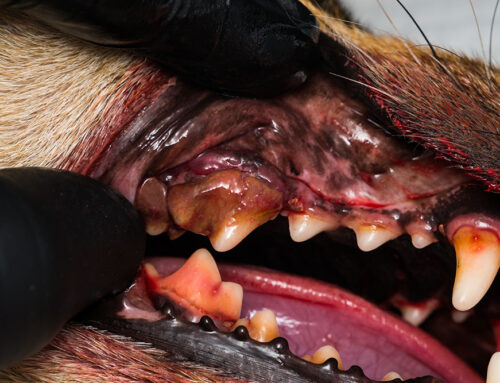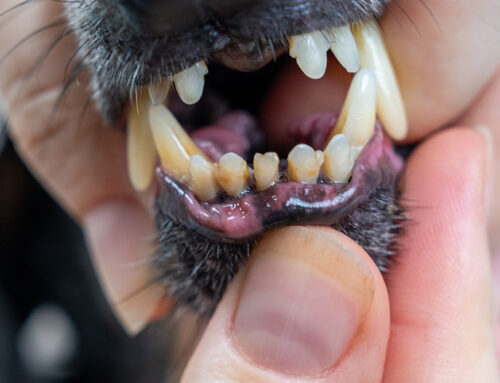Periodontal disease, a common but often overlooked ailment in pets, can cause discomfort, pain, and systemic health issues if left untreated. Fortunately, veterinary dentistry advancements now offer effective solutions to preserve your pet’s smile. Root planing and perioceutics are two periodontal therapies that have emerged as powerful tools in combating periodontal disease and ensuring your pet’s health and well-being.
Understanding how periodontal disease affects pets
Periodontal disease, also known as gum disease, is a progressive condition caused by plaque and tartar accumulation on the teeth. Over time, bacteria in plaque produce toxins that inflame the gums and cause gingivitis. Left untreated, gingivitis can progress to periodontitis, which is the result of the infection damaging the soft tissues and bone that support the teeth. Signs include bad breath, inflamed gums, loose teeth, and difficulty eating. Unchecked periodontal disease can result in tooth loss and compromise your pet’s overall health.
Root planing: An advanced veterinary dental procedure
Root planing is a crucial component of treatment for teeth that have periodontal bone loss from periodontal disease. This technique involves meticulously cleaning and smoothing the tooth root surfaces to remove plaque, tartar, and bacterial toxins. Unlike scaling, which focuses on the visible crown of the tooth, root planing targets the subgingival area where bacteria thrive and cause the most damage. Root planing is performed under anesthesia to ensure thorough cleaning and to minimize the pet’s discomfort.
The step-by-step process of root planing
Although root planing is often considered similar to scaling, the process is more involved and includes:
- Initial assessment — Our North Bay Veterinary Dentistry team evaluates the extent of periodontal disease through periodontal probing and Cone Beam CT imaging to determine the severity of infection and any underlying issues.
- Scaling — Any visible plaque and tartar are removed from the tooth surfaces using specialized instruments (including ultrasonic scalers), preparing the area for root planing.
- Root planing — Using delicate instruments, we carefully clean and smooth the tooth root surfaces below the gum line, which eliminates bacterial deposits and promotes healing.
- Flushing and irrigation — We thoroughly flush and irrigate the area to remove debris and residual bacteria and ensure a clean, sterile environment.
- Treatment follow-up — Post-procedure, we will provide instructions for at-home care. We may recommend additional therapies, such as perioceutics, to support healing and prevent recurrence.
Perioceutics: A targeted approach to continued periodontal therapy
Perioceutics is a term derived from “periodontal” and “therapeutics” that represents a specialized intervention that aids in treating periodontitis (bone loss from gum disease). These are products designed to modulate the immune response to plaque bacteria, either through a locally placed pharmaceutical or through systemic medications. One of the common perioceutics used in veterinary medicine is a topically-placed antibiotic..
The perioceutic therapy process in pets
As part of a thorough oral health evaluation and treatment under anesthesia, the use of perioceutics involves::
- Periodontal pocket identification — Periodontal disease leads to periodontal pockets, which are spaces that form between the gums and teeth and provide a haven for bacteria to thrive, continuing the inflammatory proceess that will deepen pockets over time.
- Antibiotic placement — Following root planing or dental cleaning, we place antibiotic agents directly into these pockets using specialized techniques that ensure precise delivery to the infection site.
- Controlled release — Perioceutic agents are formulated for controlled, gradual release of antibiotics to maintain therapeutic concentrations in the periodontal pockets.
- Targeted action — By delivering antibiotics directly to the infection source, perioceutic therapy effectively targets and eliminates bacteria, promotes gum healing, and decreases pocket depth.
- Long-term management — Perioceutics delivered directly to the periodontal pocket are a valuable adjunct to root planing, proving to improve the healing and long-term periodontal health of patients compared to root planing alone. Other perioceutics can be used long-term to improve oral health and can be used systemically or locally.
Benefits of root planing and perioceutics for pets

Advanced veterinary dental procedures provide many benefits for pets, such as:
- Comprehensive cleaning — Root planing removes bacterial deposits deep below the gum line, addressing the periodontal disease root cause and preventing further deterioration.
- Pain relief — By eliminating infection and inflammation, root planing alleviates pets’ discomfort and restores oral comfort, improving quality of life.
- Tooth preservation — Saving affected teeth through root planing preserves chewing function, prevents premature tooth loss, and maintains your pet’s ability to enjoy their favorite foods and toys.
- Preventive maintenance — Perioceutics complement root planing by modulating the immune response to plaque and promoting gum health, which reduces the likelihood of progressive disease and the need for future major dental interventions.
- Overall health benefits — Maintaining optimal oral hygiene through root planing and perioceutics contributes to your pet’s overall well-being by reducing the risk of systemic health issues associated with untreated periodontal disease.
Periodontal disease poses a significant threat to pets’ well-being, but root planing and perioceutics are powerful tools that we can use to combat gum disease effectively. Do not hesitate to discuss these advanced dental therapies for your pet with our North Bay Veterinary Dentistry team.






Leave A Comment